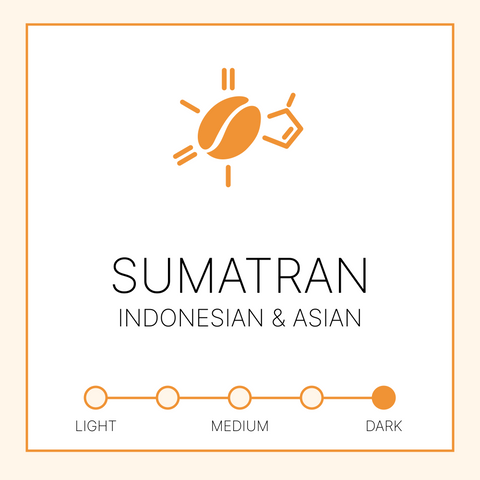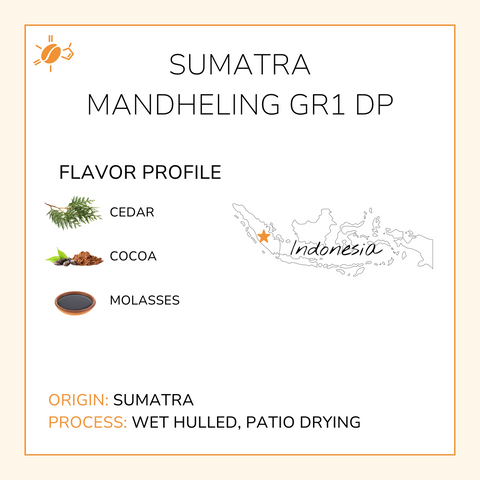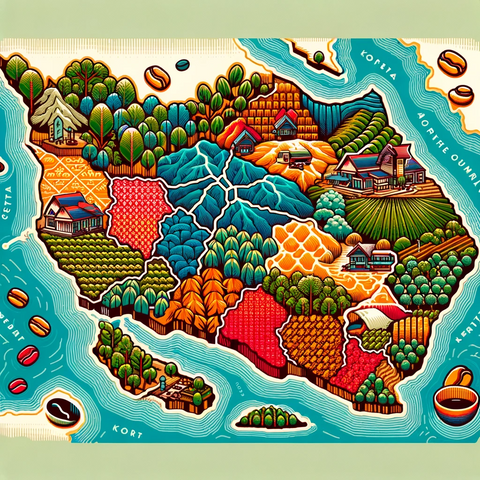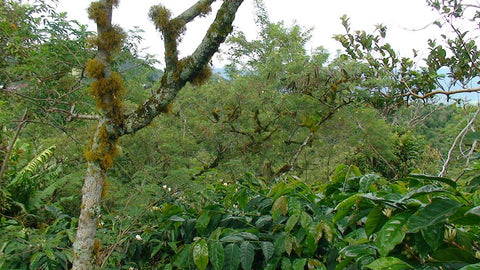🔬 Under The Microscope
Roaster Notes:
This coffee is a distinguished brew, noted for its very high body and low acidity, creating a profoundly rich and intense experience. It exudes a deep, earthy aroma with prominent notes of cedar, adding a rustic, woodsy quality to each cup. The flavor is further enhanced by the presence of cocoa, offering a subtle bitter undertone that beautifully complements the overall profile. Hints of molasses bring a mild, understated sweetness, perfectly balancing the low natural sugar content. This combination of flavors results in a coffee that is both bold and smooth, with a lingering aftertaste that encapsulates the unique terroir of the Sumatra Mandheling region. Ideal for those who savor a robust, full-flavored coffee, it stands out for its remarkable depth and body, making it a favorite among coffee aficionados.
Country of Origin:
Indonesia
Best Brewing Method:
Espresso








